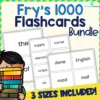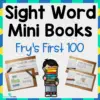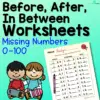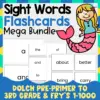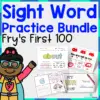Sorting objects enables children to see the similarities and differences in the things around them. They can identify these similar attributes and group them. Learning to sort will help children develop attention to detail, patience, and observation skills.
Check out these ten great sorting activities filled with fun and excitement.
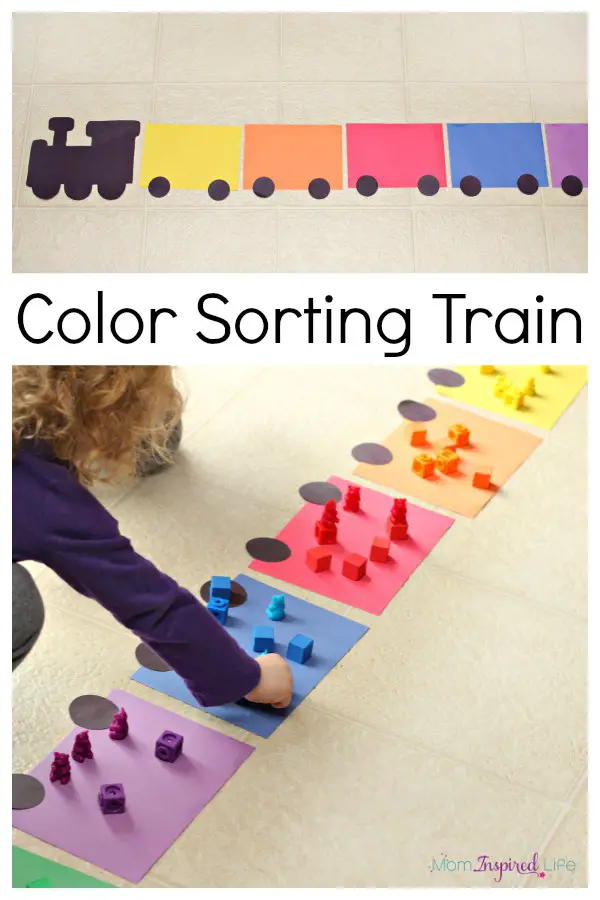
Perfect for the transportation theme, this activity teaches children color recognition, matching, and categories as they group similarly colored objects. Children will learn to be patient and observant while completing the task.
Let children work on this activity on the floor or in a large area. Cut the construction paper in half to make the train cars. Draw and cut out the train engine from the black construction paper.
Cut out black circles for the train’s wheels. Arrange the train in order. Place the train engine in front of the cars. Add the train cars following the engine and place the wheels. The site recommends using sticky tape to prevent the paper from sliding off.
Next, provide the children with colorful manipulatives. Have them sort these out by placing each object with its corresponding color on the paper. They can also count the objects on each train car to improve their counting skills.
For this activity, you will need:
- Construction paper
- Scissors
- Glue
- Manipulatives like counting bears or math cubes
For more information on this activity, go to FunLearningForKids.com.
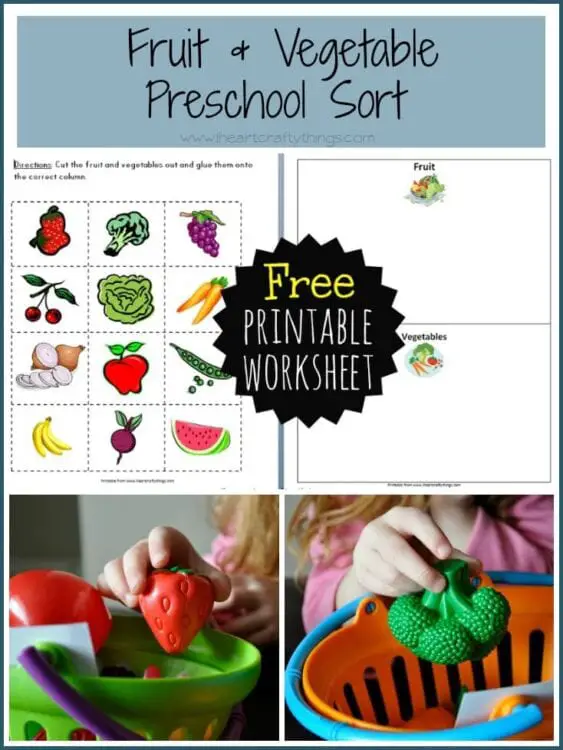
In this activity, children will need to group the produce according to categories of fruit or vegetable. With a science lesson, explain the difference between the two. Children will learn to differentiate between the groups.
Learning the names of vegetables and fruits will help increase their vocabulary. Children can also discuss the attributes of these objects. They can describe the color, size, and shape. Doing this will help improve their oral language skills.
Start this activity by making labels. Cut two small pieces of paper. Write the word vegetables on one and fruits on the other. Attach these to the baskets. Provide the toy fruits and vegetables and have the children place them in the correct basket.
If the children need clarification, ask them if the produce has seeds. This prompt will allow them to categorize the object easily.
Extend this activity by going to the grocery store to explore the vegetable and fruit section for a real-life experience.
For this activity, you will need:
- Two baskets
- Toy fruits and vegetables
- Paper
- Marker
- Scissors
- Sticky tape
For more information on this activity, go to IHeartCraftyThings.com. Or, check out more fruit and vegetable activities for your little ones.
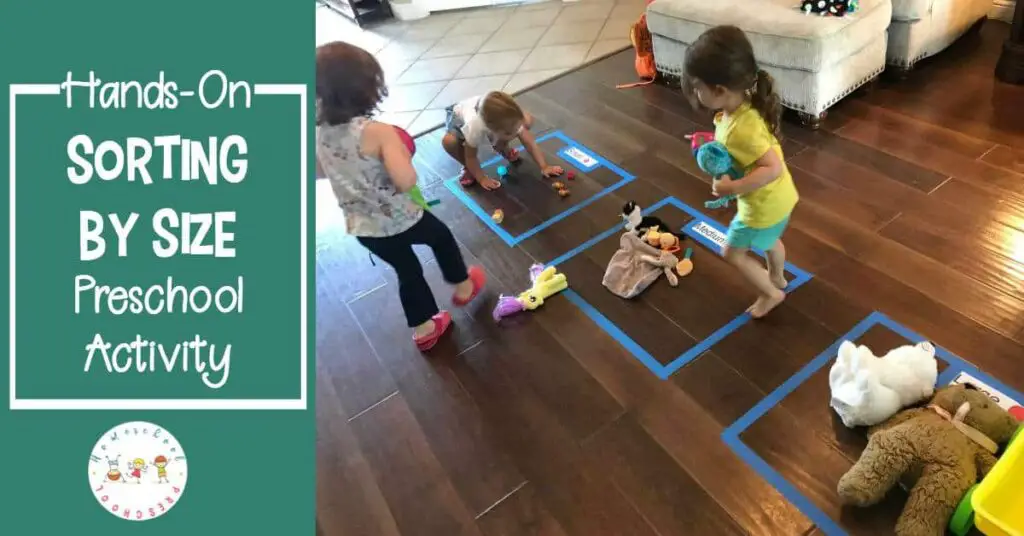
Children can classify their toys according to size with this fun activity as they learn to think critically. This hands-on activity will help children learn small, medium, and large concepts while providing a wonderful sensory experience.
Use the book “Small, Medium, Large” by Emily Jenkins to go with this activity. This will provide a great explanation of the concept of size.
Download, print, and cut out the free labels from the site. Use the masking tape to create three rectangles in different sizes. Place the labels on each of the taped rectangles.
Explain the directions to the children. Show examples for each category, such as shirts, shoes, or measuring cups, to clearly show the difference in size.
Next, give several toys for them to classify. Have them place the toy in their respective area. Use marbles and toy cars for small, puppets and dolls for medium, and oversized stuffed toys for large.
For this activity, you will need:
- Printed labels
- Masking tape
- Toys
For more information on this activity, go to HomeschoolPreschool.net.
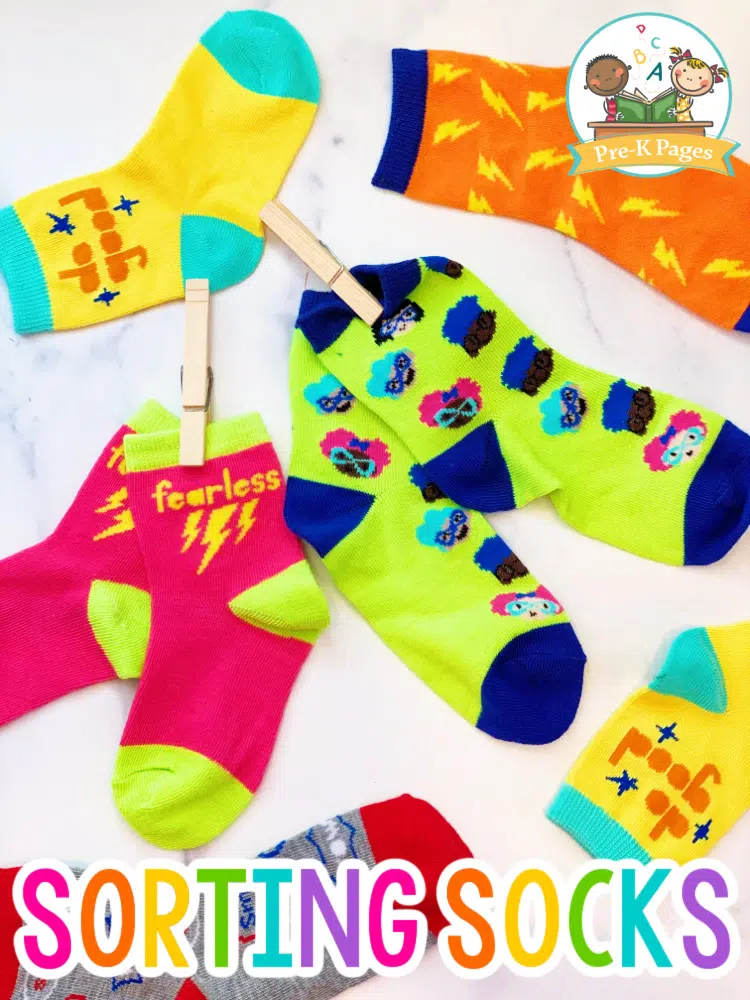
This activity will prove handy in real life. Children will learn to distinguish the concepts same and different as they find the matching pair of socks. They will learn to use concepts such as size and colors to complete these tasks.
Children will improve their focus, patience, and attention to detail as they sort the socks. The book “A Pair of Socks” by Stuart J. Murphy is an excellent companion for this activity.
Provide several sets of socks for children to match. The site suggests buying cheap socks with different prints on them or request for old socks from others. Place the socks in a pile.
Have the children lay the socks and find their matching pairs. Let them use the clothespin to secure the pair. The site suggests using a clothesline where children can hang the socks with clothespins as an option to help improve their fine motor skills
For this activity, you will need:
- Different pairs of socks
- Clothespins
For more information on this activity, go to Pre-KPages.com.
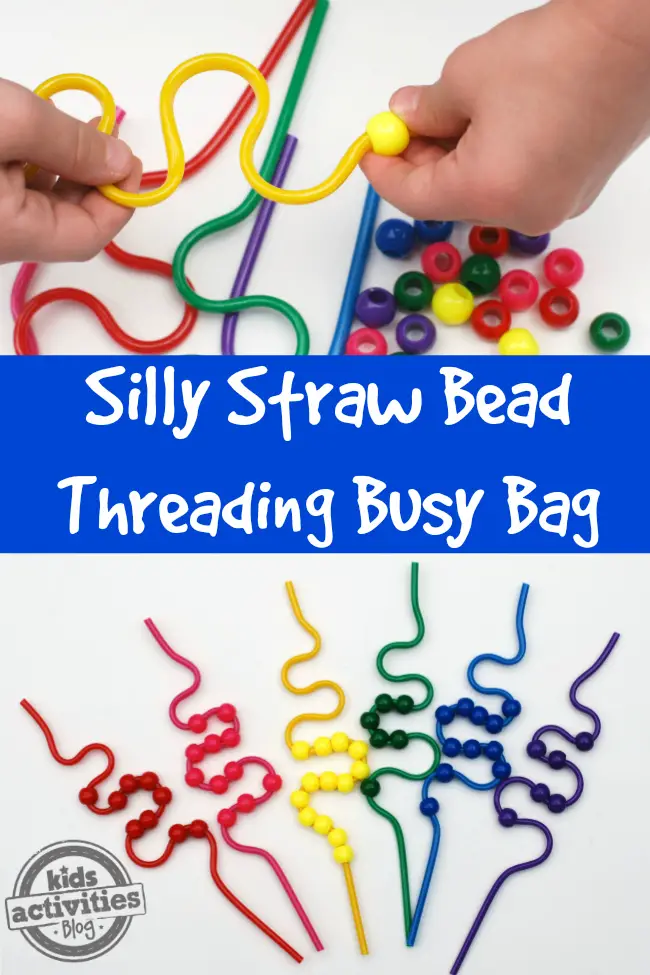
This busy bag activity is perfect for centers, as an early finishers’ work, or to keep young children occupied. It teaches color recognition and will help improve children’s eye-hand coordination skills, matching, focus, and patience.
Fill a small bag with colored beads and silly straws. Use beads that have bigger holes that will fit through the drinking straw. Use silly straws with designs allowing the beads to pass through easily.
Have the children match the bead’s color with the silly straw. Ask children to name the colors as they work on this step.
Next, let the children hold the silly straw and insert the beads. Repeat the process with the other colors.
For younger children who might find this task challenging, insert the straw in styrofoam or a stable object to keep the straw standing.
For an added challenge, use colored beads in different shapes. It will also help with shape recognition skills.
For this activity, you will need:
- Silly drinking straws
- Beads with large holes
- A bag or small container
For more information on this activity, go to KidsActivitiesBlog.com.
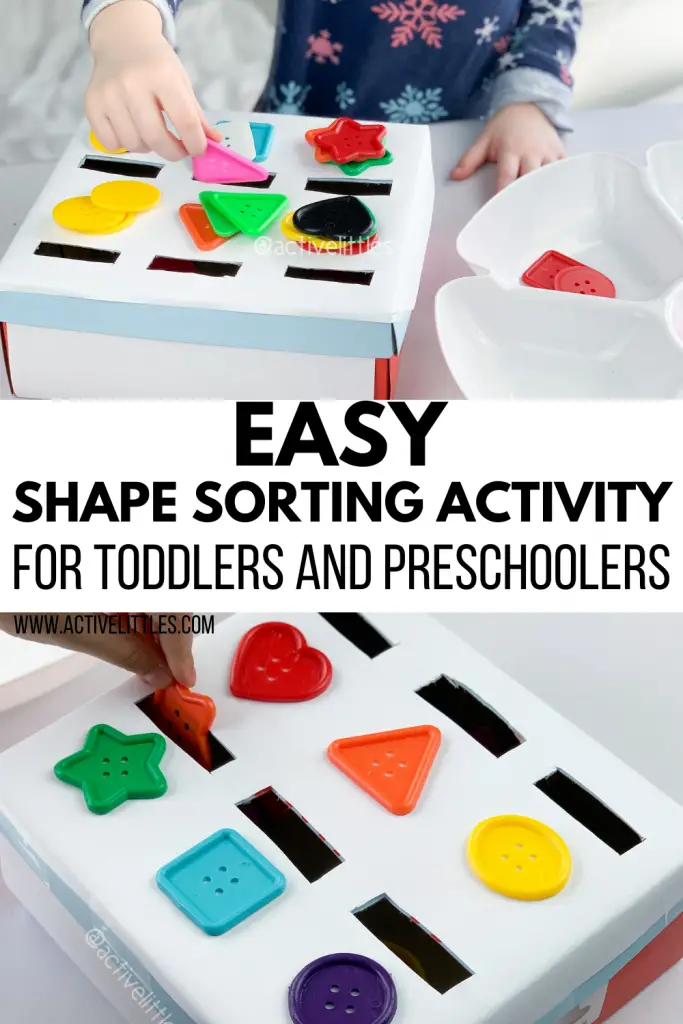
This sorting activity teaches children shape recognition through the use of shape buttons. This activity will teach children to match the shapes and improve their eye-hand coordination skills.
Touching the shapes provides great tactile stimulation for children to understand the forms better.
Make the sorting box by covering the lid of the shoe box with white construction paper. Secure this with sticky tape. Next, arrange the buttons on the lid. There should be two sets of three buttons in a row. Refer to the pictures on the site for this step.
Use the craft knife to cut wide slits right above each of the buttons. Use sticky tape to attach the buttons.
Next, place the buttons on a tray. Let the children name the shape of the buttons and have them find their matching shape on the box. Allow the children to take turns inserting them in the correct opening.
For this activity, you will need:
- Shape buttons
- Shoe box
- Craft knife
- Sticky tape
- Construction paper
- Scissors
- Tray
For more information on this activity, go to ActiveLittles.com.
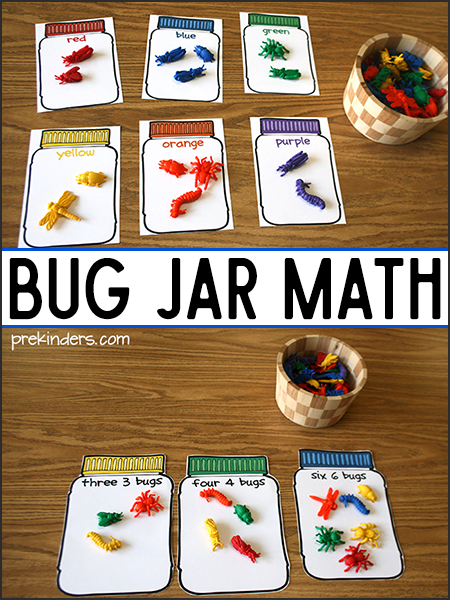
Children will improve their vocabulary as they name the bugs in this activity. This activity is perfect for centers and bug themes. Children can sort the bugs by type.
They can also sort the bugs according to different attributes such as their body structure, like the number of legs, and if they have wings, their movement like flying or crawling.
Download and print the free jar mats from the site. Cut these out and laminate them for durability. There are six mats to use: beetles, dragonflies, caterpillars, spiders, grasshoppers, and bees.
Show children pictures or videos of these bugs so they can easily recognize these in their plastic form. Provide children with a set of toy bugs.
Ask them to name one and place it on the corresponding mat. Repeat until all of the bugs are placed on the mats.
The site suggests using bug stickers if plastic toys are unavailable.
For this activity, you will need:
- Printed jar mats
- Plastic toy bugs
For more information on this activity, go to PreKinders.com.
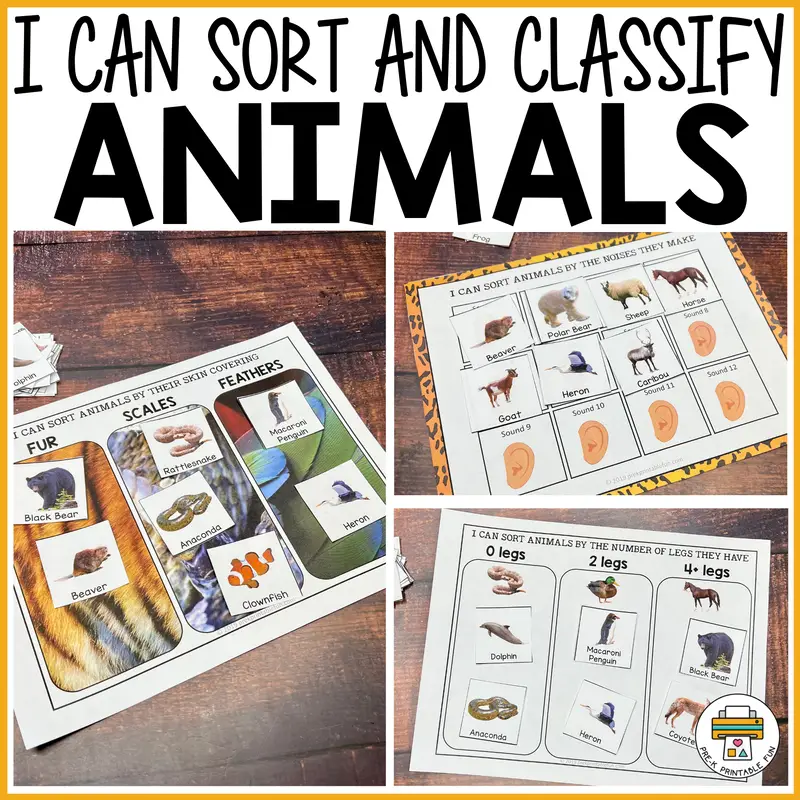
This activity is entirely focused on different animals. Perfect for a science lesson, it teaches children to pay attention to details, increase their vocabulary, and improve their critical thinking skills.
Children will need to match the animal picture cards on the correct mat. There are six different ways to group these animals.
The animals can be categorized according to their habitat or location, type of movement, skin covering, number of legs, feet, and the sounds or noise they make.
Download and print out the mats and picture cards from the site. Cut these out and laminate them for durability. Choose one of the six ways to sort the animals. Use this as part of the lesson.
For example, use the skin covering sorting activity if the lesson concerns the five animal groups: mammals, reptiles, birds, fish, and amphibians. Have them look at the pictures and identify if the animal is covered in scales, fur, or feathers.
For this activity, you will need:
- Printed sorting mats and animal picture cards
- Scissors
For more information on this activity, go to PreKPrintableFun.com.
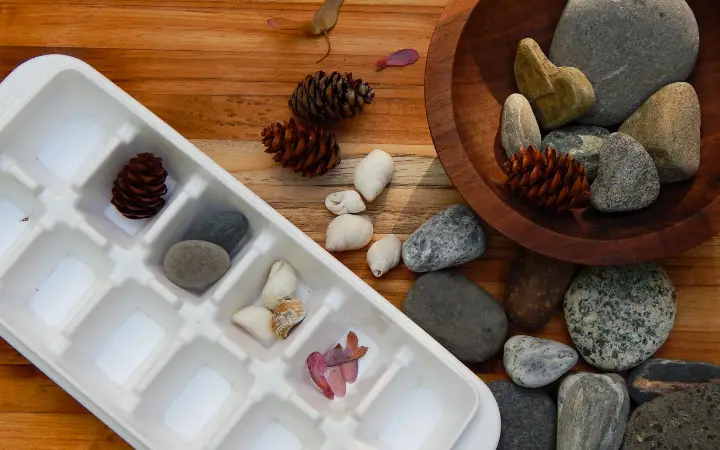
This is a great activity after a nature walk, during the spring season, or for science lessons. Children will need to collect objects during their walk and sort them later into different categories.
This will help enhance their oral language skills as they describe them while providing a wonderful sensory experience.
Use materials that are abundant in the area. Children may collect stones and rocks, pinecones, and acorns if the woods are close, driftwood or branches, shells, dried seaweeds if close to the sea, and leaves and flowers if a park is nearby.
If using leaves, have children collect them and sort them according to size, shape, and color. Children can group the leaves according to shade, such as dark or light shade of green.
They can also classify the leaves according to their length. For older children, focus on other features, such as the leaves’ texture- smooth or fuzzy, edges-jagged, straight, or curved, and tips- pointy or rounded.
For this activity, you will need:
- Different types of leaves
For more information on this activity, go to NatureInspiredLearning.com.
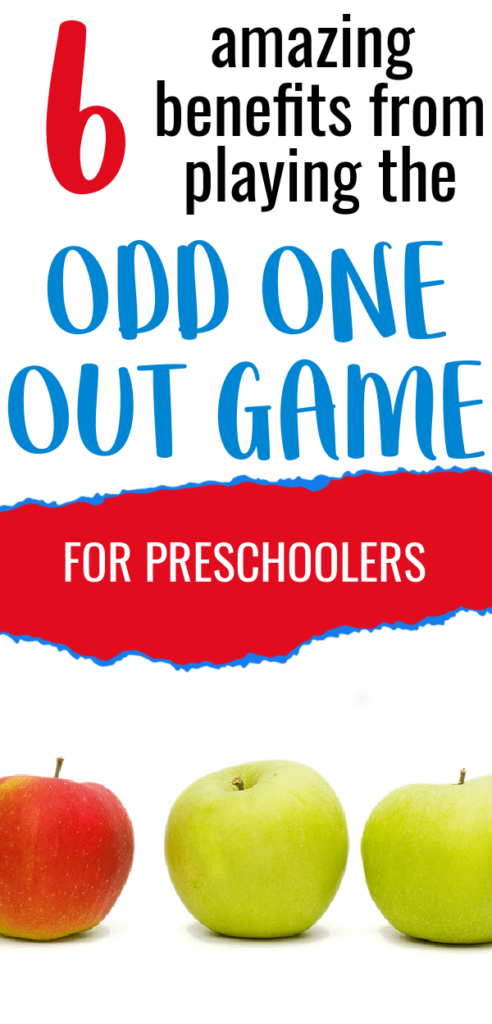
This is a fun and exciting game that children will love to play. This activity allows children to develop observation skills, learn the relationships between the objects, and identify the objects’ similarities and differences.
The game’s goal is for children to find different objects in a group using their critical thinking skills. This activity can be integrated into other tasks to help develop various skills.
Work with younger children using real-life objects to recognize what is different using their different senses. Start with a single variable, such as color, size, or shape. Choose objects for the odd one out that has a noticeable feature.
For example, use a banana, a delicious golden apple, a lemon, and an orange. Another is a strawberry, cherries, grapes, and an orange. Children should be able to categorize them as fruits, but the odd one out is the orange fruit due to its color.
For this activity, you will need:
- Different types of fruits
For more information on this activity, go to EmpoweredParents.co.
Conclusion
Sorting is an essential cognitive skill that children need to learn. These activities will help them think critically and logically by seeing the relationships between different objects and their characteristics. Consider these ten activities in your next lesson.
Thank you for reading. Come back and check out our other activity articles soon.
People Also Ask
Sorting is an activity that can be fun and engaging by making this a hands-on activity that children can explore. Include this task in daily life activities such as sorting clothes.
It can also be combined with outdoor activities by allowing children to pick up and collect different materials to provide a wonderful sensory experience. Here are some common questions about teaching children sorting.
Using various materials that will target children’s different senses is essential. Providing multi-sensory instruction that allows children to explore while learning the target concepts is ideal.
Sorting is an imperative skill to learn at a young age. It helps children classify objects based on different features. These are foundational skills for complex science, numeracy, and literacy concepts.
It also allows children to develop their focus and patience, both of which are necessary when engaging in challenging tasks that they will need to complete in the future.


